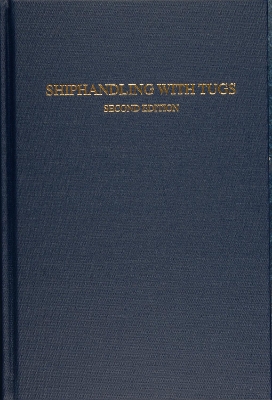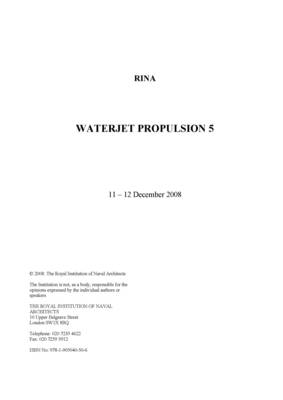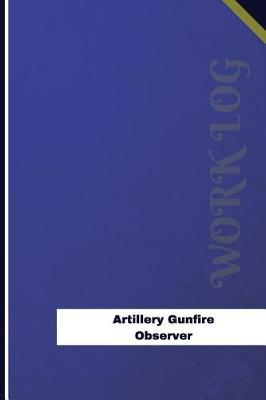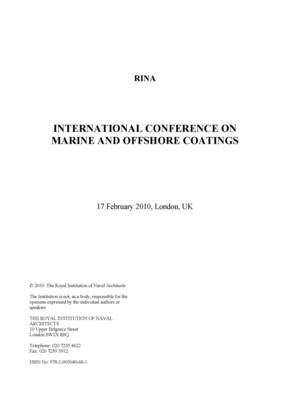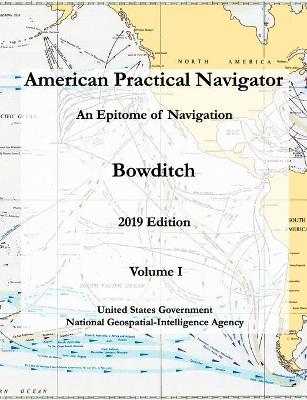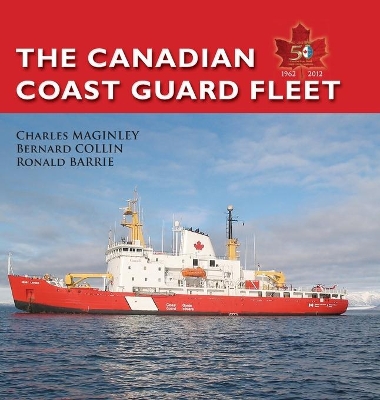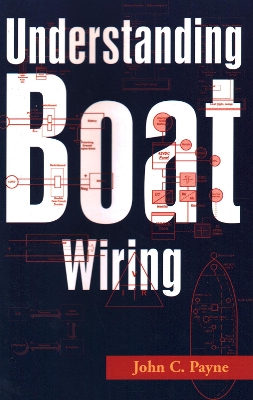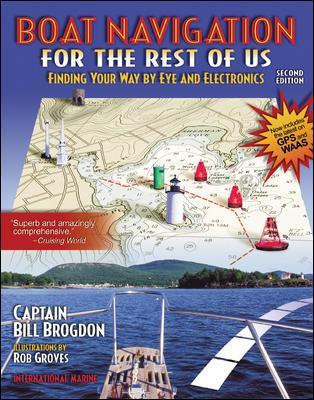The assessment of impact damage caused by dropped objects on concrete offshore structures (Offshore technology report)
by I.C. Brown and S.H. Perry
Fire and Blast Engineering, Offshore Installations
Shiphandling with Tugs, Second Edition is the most comprehensive text available for the mariner who wants to learn how to safely and effectively operate tugs in assisting ships to and from their berths in ports and anchorages. Captain Jeffrey Slesinger used his extensive knowledge of the industry to bring Reid’s original edition, published in 1986, up to date with current technologies and standards, adding sections on the advances made in tug design, and line and winch technology. Shiphandling w...
Ice Yachts - Their Use and Construction - A Collection of Historical Articles Containing Experiences, Instruction and Yacht Construction
by Various Authors
Internal Floating Roofs for Oil Storage Tanks Code of Practice
Artillery Gunfire Observer Work Log (Orange Logs/Work Log)
by Orange Logs
The effect of ship impact on the load carrying capacity of steel tubes (Offshore technology report, OTH 90 317)
by J.D. Allan and J Marshall
American Practical Navigator An Epitome of Navigation Bowditch 2019 Edition Volume I
Building Model Boats - Including Sailing and Steam Vessels
by Paul N Hasluck
This new series features easy-to-understand yet thorough treatments of technical issues facing every boat owner, sail or power. Each volume is fully illustrated with photos and technical drawings. Author John C. Payne is one of the foremost international authorities on marine electronics and the author of two major handbooks. Book 1, Understanding Boat Batteries and Battery Charging, includes the following subjects: lead acid batteries; AGM batteries; gel batteries; general battery information;...
Hurricane Katrina Damage Assessment brings together the results of a comprehensive evaluation led by ASCE's Coasts, Oceans, Ports, and Rivers Institute (COPRI). This committee report assesses the geographical impact of the hurricane upon coastal, port, harbor, and marine infrastructure, including levees. Notably, COPRI's report offers ""lessons learned"" for the protection of existing natural coastal barriers, re-establishment of lost natural coastal barriers, and design of future coastal infras...
In General Naval Tactics, Naval War College professor and renowned tactical expert Milan Vego describes and explains those aspects of naval tactics most closely related to the human factor. Specifically, he explains in some detail the objectives and methods/elements of tactical employment of naval forces, command and control, combat support, tactical design, decision-making and planning/execution, leadership, doctrine, and training. Vego derives certain commonalities of naval tactics that occurr...
An essential guide to yacht restoration and repair with sequential photographs for step-by-step guidance. This book is a beautifully presented guide to how to completely overhaul a fibreglass cruising yacht. It is filled with colour photo-sequences, which detail how to replace the engine, hatches and rigging for example. * How to restore a cruising yacht * Colour photo-sequences for easy use * Restoration is a key topic in the sailing world * Covers every aspect of restoration in detail, e.g. d...
Legendary Marine Engineers are born in November
by Lovely Hearts Publishing
Bulk Carriers
Boat Navigation for the Rest of Us: Finding Your Way By Eye and Electronics
by Bill Brogdon
"Superb and amazingly comprehensive." - Cruising World. "Thorough treatment of traditional and electronic methods by an expert." - "WoodenBoat". "Boat Navigation for the Rest of Us" is the only book that teaches navigation the way small-boat skippers actually navigate: by combining electronic aids like GPS and radar with commonsense visual piloting skills and simple chartwork. This second edition covers important developments in electronic navigation, including dramatic improvements in GPS accur...
The Tribal or Type 81 frigates of the Royal Navy emerged in the early 1960's as a result of design work started towards the end of World War Two into future surface escort vessels. The opportunity was also taken to introduce new technologies, namely gas turbine propulsion and anti submarine helicopters to the ships in order to make them more valuable frigates. The resulting seven members of the Type 81 frigate class were not universally liked but they served the Royal Navy for over three decades...

